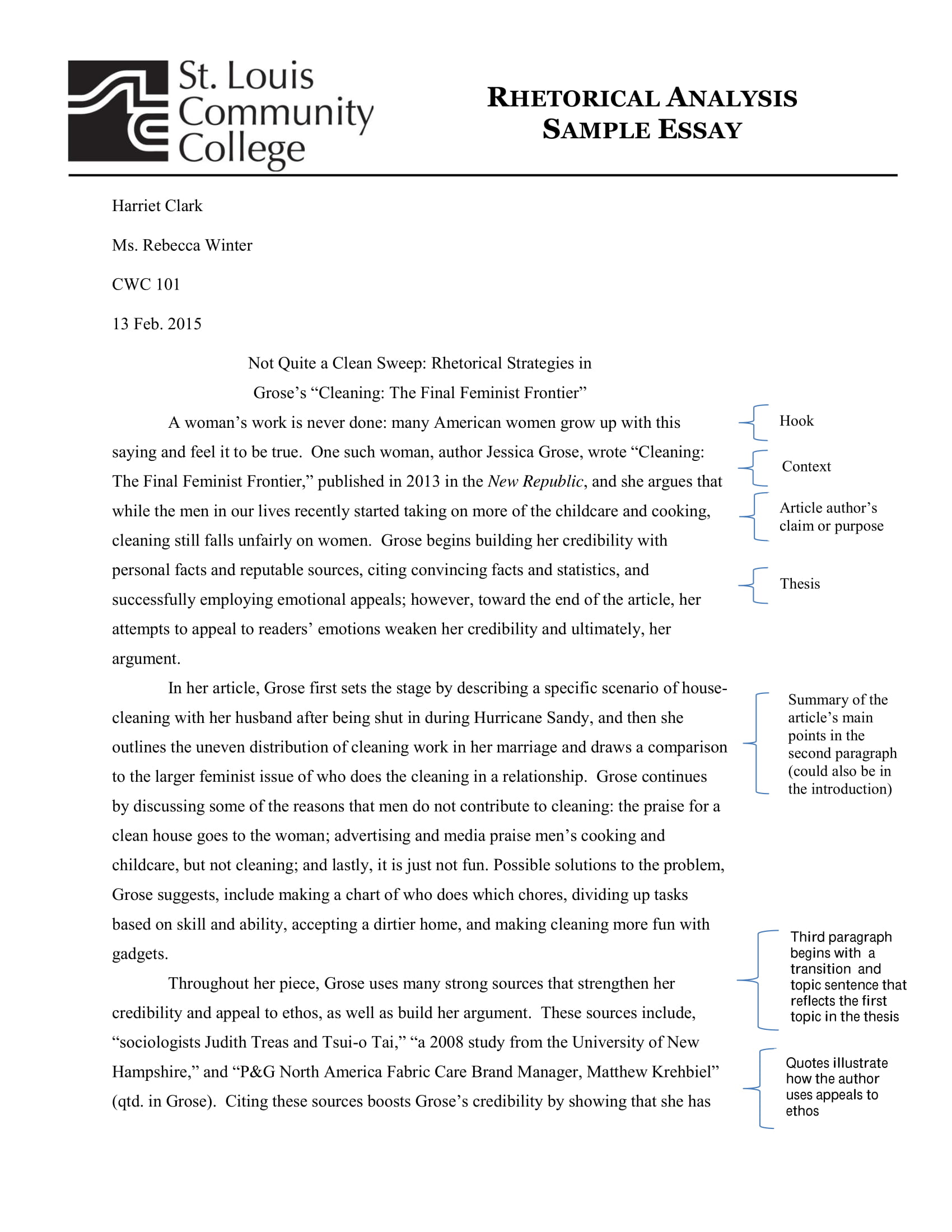Mar 28, · One tip you should keep in mind while writing an analysis is that you should at all times write in the present tense and by no means in the past tense. You should also stay away from putting yourself into the literary analysis. This means you should write in the third person and never use the words “I” or “you.” Jul 03, · In composition, analysis is a form of expository writing in which the writer separates a subject into its elements or parts. When applied to a literary work (such as a poem, short story, or essay), analysis involves a careful examination and evaluation Analysis essays are known to be one of the most difficult to write. Indeed, a writer should not only present facts but also be able to explain and analyze them. Analysis essays can evaluate both student’s knowledge on selected issues and their ability to express own thoughts and analyze topics
How to Write an Analysis Essay: Examples + Writing Guide
This page is brought to you by the OWL at Purdue University. When printing this page, you must include the entire legal notice. All rights reserved.
This material may analysis writing be published, analysis writing, reproduced, broadcast, rewritten, or redistributed without permission.
Use of this site constitutes acceptance of our terms and conditions of fair use. No matter what specific direction your essay takes, your points and observations will revolve around the rhetorical situation of the document you are analyzing.
A rhetorical situation occurs when an author, an audience, and a context come together and a persuasive message is communicated through some medium. Therefore, your rhetorical analysis analysis writing will consistently link its points to these elements as they pertain to the document under question. More general information about the rhetorical situation can be elsewhere on the OWL. The following sections deal with analysis writing unique to analyzing visual documents.
The audience is the group of people who may or may not be persuaded by the document. Analyzing the audience for a visual analysis writing may not be all too different from analyzing an audience for a solely textual work. However, unlike academic essays or short answers written on an examination, visual productions often have the potential to reach wider audiences.
Additionally, unlike literature or poetry, visual documents are often more ingrained in our analysis writing lives and encountered instead of sought. A website might potentially have an audience of anyone with internet access; however, based on the site, there are audiences more likely to end up there than others, analysis writing. A pamphlet or flyer may also technically have an audience of anyone who finds it; however, analysis writing, their physical placements may provide clues for who the designer would most like to see them.
These variables may include but are not limited to: region, race, analysis writing, age, ethnicity, gender, analysis writing, income, or religion. We are accustomed to thinking these variables affect how people read text, but they also affect how people interpret visuals. Here are some tips and questions for thinking about analysis writing audience of visual documents they are also tips you can use when composing your own. Visual productions have almost limitless purposes and goals.
Although all parts of the rhetorical situation are linked, purpose and analysis writing tend to be most carefully intertwined.
The purpose is what someone is trying to persuade the audience to feel, think, or do. Therefore, a well produced analysis writing will take into account the expectations and personalities of its target audience, analysis writing.
Below are four categories of purposes and example questions to get you thinking about the rhetorical use of visuals. Note : a document may cross over into multiple categories.
Inspirational : documents that primarily inspire emotion or feeling often without clearly predetermined goals or purposes. Search the owl for more information on some of the concepts mentioned in these questions. Context refers to the circumstances of the environment where a piece of communication takes place.
Sometimes the author has a measure of control over this context, like within the confines of a presentation where, of course, there will still be some factors beyond control. Other times,a document is specifically made for an audience to encounter on their own terms. Below are some questions to get you thinking about the possibilities and pitfalls when analyzing the context of a visual document. Find Info For Find Info For Academics Admissions Current Students Athletics About Careers Prospective Students Research and Partnerships Quick Links Apply News President Shop Visit Give Emergency.
Purdue Online Writing Lab College of Liberal Arts. Writing Lab Purdue OWL Research Contact Site Map. General Writing Visual Rhetoric Analyzing Visual Documents. Welcome to the Purdue OWL This page is brought to you by the OWL at Purdue University.
Text Analysis
, time: 2:41Analyze My Writing

Analyze My Writing. An Online Writing Sample Content and Readability Analyzer: analyze your writing and get statistics on words you use most frequently, word and sentence length, readability, punctuation usage, and more. Analyze My Writing Mar 28, · One tip you should keep in mind while writing an analysis is that you should at all times write in the present tense and by no means in the past tense. You should also stay away from putting yourself into the literary analysis. This means you should write in the third person and never use the words “I” or “you.” Analysis essays are known to be one of the most difficult to write. Indeed, a writer should not only present facts but also be able to explain and analyze them. Analysis essays can evaluate both student’s knowledge on selected issues and their ability to express own thoughts and analyze topics
No comments:
Post a Comment